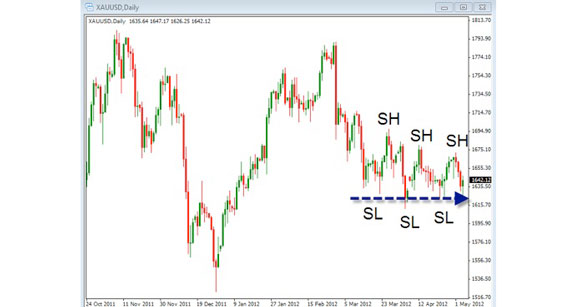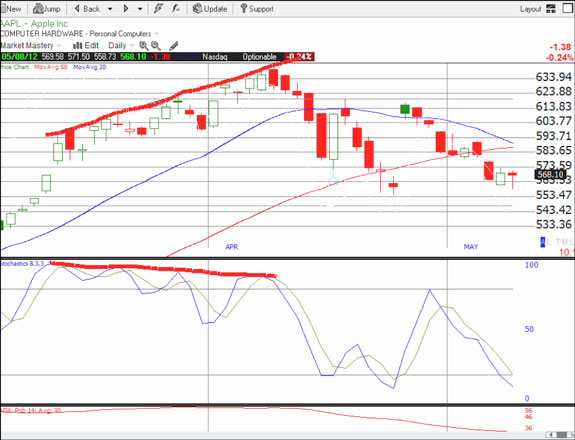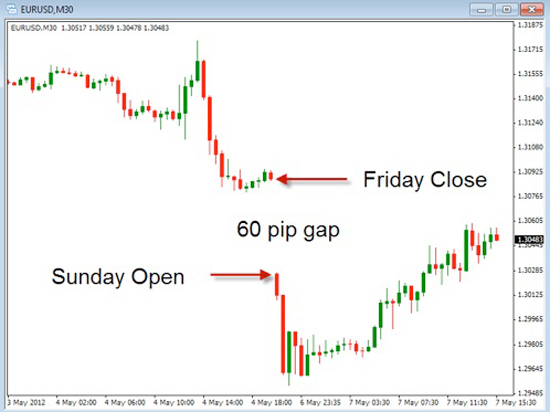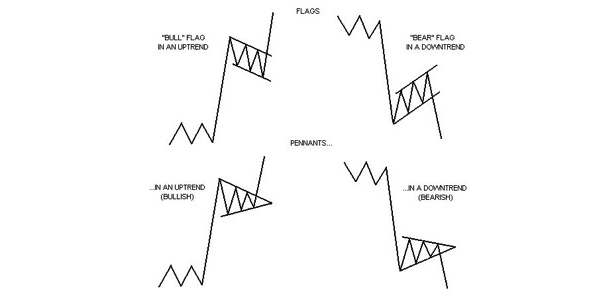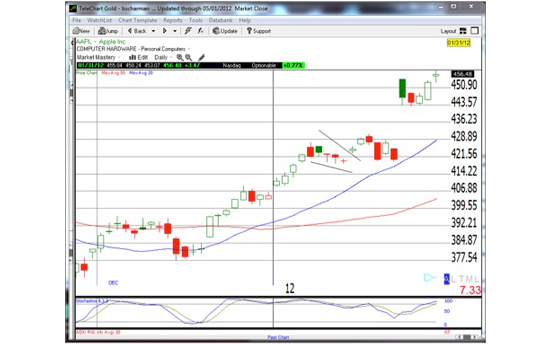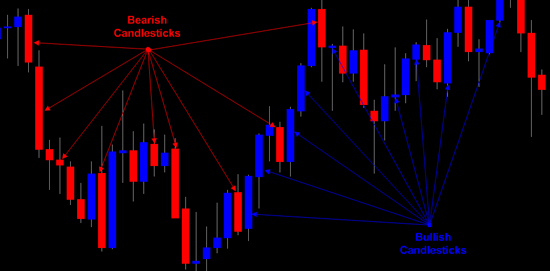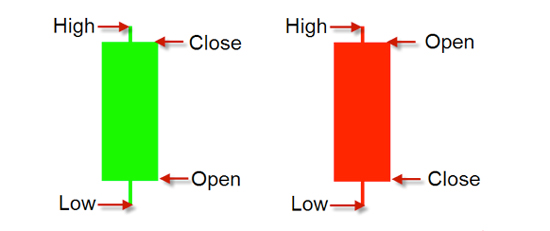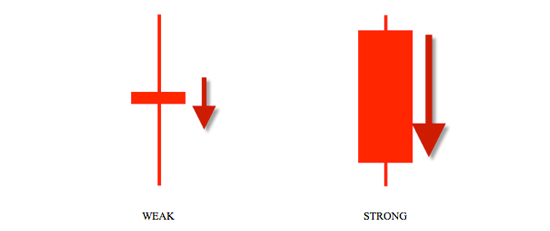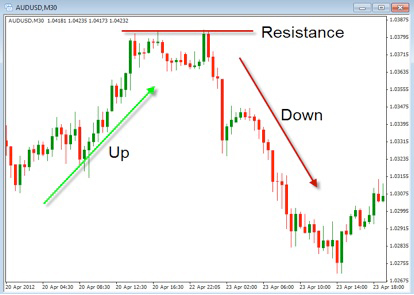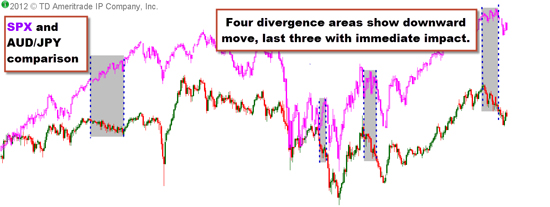The late Benjamin Graham, the author and economist whose writings are probably the most influential on the subject of value investing, thought any stock with a P/E ratio above 16 had a price that was considered “speculative,” meaning too high a price to pay for value-minded investors.
Here’s the problem: it has been almost 25 years since the S&P 500 average P/E ratio was lower than that for any length of time. For whatever reason, in the current environment, P/E Ratios of 15 are relatively low. If the market then drops to those levels is time to buy or a signal of trouble?
In today’s economy, if a P/E ratio of 15 is low enough to make investors take notice, then a P/E ratio of 14 might be low enough to make them take action; if so, now is the time. Earnings reports have made a surprising turn in recent weeks. Though the market indexes have risen almost three percent over the past year, the average P/E ratio has dropped nearly nine percent.
The importance of this data cannot be understated. If the price of stocks has risen by three percent, but the P/E ratios have actually fallen, then it can only mean that earnings have risen at a faster pace! The largest U.S. companies are doing better than ever since the credit crisis brought on a recession. There is no doubt that stocks could go higher, but only if investor sentiment thinks that these earnings matter.
Beating the Rate for Beating Estimates
According to data from Standard & Poors, earnings reports this season have shown that over 80 percent of companies reporting so far have beaten their estimates. The historical average for those that beat estimates is 64 percent and the previous quarter featured only 49 percent that accomplished the feat.
The markets’ surge higher appears to have been well founded; and yet, despite U.S. investors exuberant bullishness, they may still be underestimated the value of these companies. This is the chief argument of those who are strongly bullish on the market even now, and it isn’t bad reasoning. A little research turns up the fact that this line of thinking makes for a good investing strategy.
A Simple P/E Ratio Strategy
Consider the following sample strategy to prove the point. Suppose you implement these steps over the past 20 years. First, you watch the P/E ratios of the individual stocks of the S&P 100, and on the first day the ratios of any of them dropped below 15, you bought it. Second, you placed a 25% trailing stop order on the stock.
Third, you let it run until you were stopped out. The results of this strategy are that 4 out of 5 stocks would return a profit, some meager, and others quite remarkable. It’s hard to go wrong with such a strategy.
However there were a number of stock on which this strategy did not produce productive results over that time frame. In case you are interested, here are the ticker symbols: EMC, F, C, HPQ, AXP, DD, XRX, TWX, GE, WY, BYI, AAPL, RTN, JPM, V, T, and VZ. You’ll probably recognize many of them as household names of stocks that have definitely risen over the years. The problem is that these tended to fluctuate more than 25% after hitting a P/E ratio of 15. The rest of the S&P 100 didn’t seem to have the problem as often.




